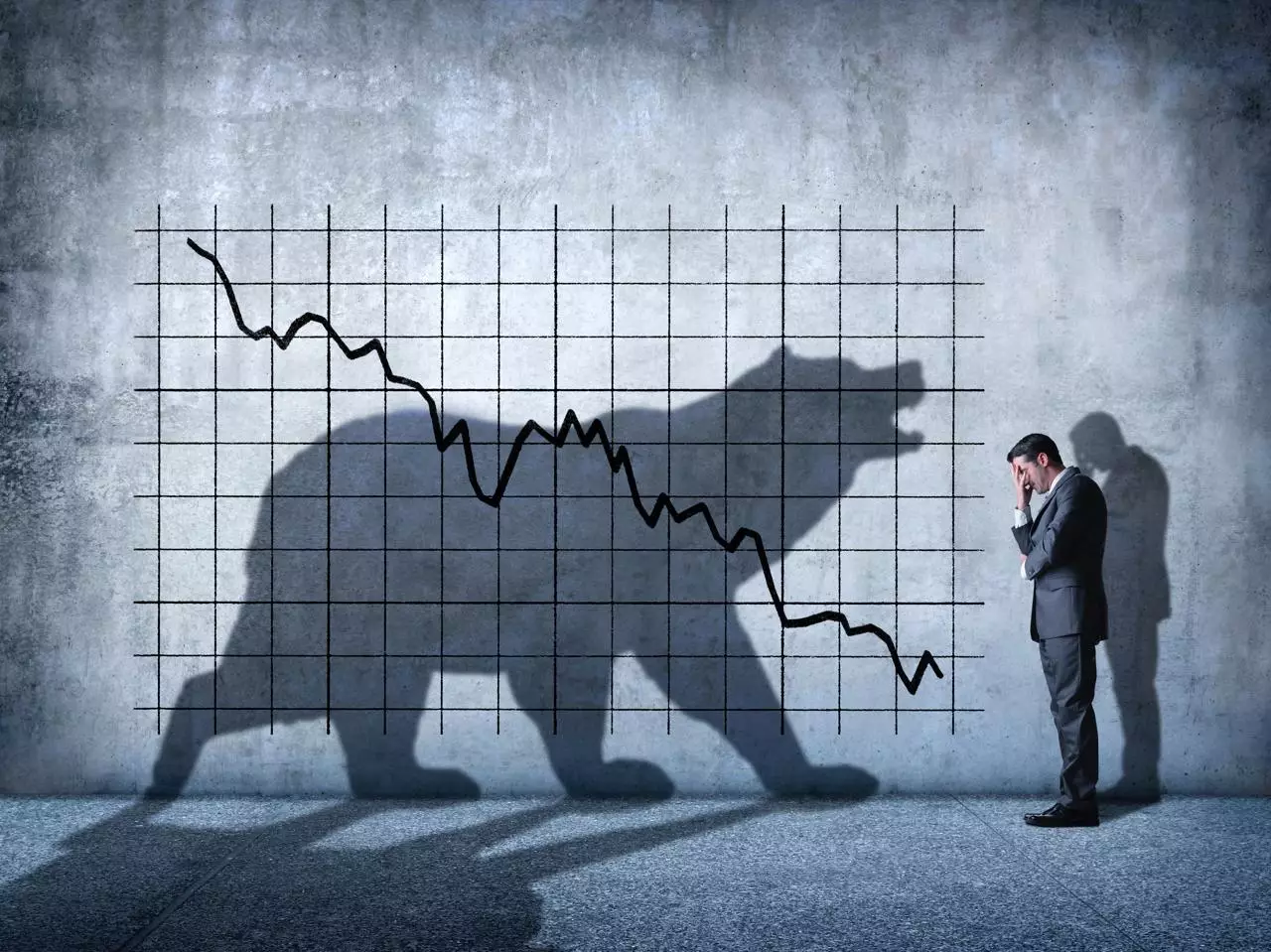Bitcoin’s recent market movements have once again proved that simplistic interpretations of cryptocurrency data rarely capture the full picture. After an unsettling plunge below the psychologically significant $100,000 threshold early in the week, Bitcoin has rallied back above $107,000. While this recovery may appear reassuring to some investors, the underlying dynamics—particularly the rise in short positions—paint a far more complex and potentially optimistic scenario for BTC’s near-term trajectory.
What’s frustrating about many mainstream reports is that they often rely on surface-level metrics or fail to critically evaluate the intricacies of market sentiment. Notably, the proliferation of short positions—those betting against Bitcoin’s price—commonly triggers alarm bells. Conventional wisdom might suggest a looming crash, but the reality is more nuanced. The data from Alphractal’s Liquidity Zone indicator, which tracks open interest and the net difference between long and short positions, reveals that bearish bets have actually surged in tandem with a modest price increase. This divergence is not merely technical trivia; it hints at a deeper market tension that could unfold into a powerful short squeeze.
The Hidden Dangers of a Shorts-Dominated Market
Being steeped in a market where short sellers dominate often generates a self-reinforcing negative narrative. Critics argue that the rise in shorts is a bearish indicator—after all, if more traders are betting against Bitcoin, shouldn’t the price drop? But this assumption oversimplifies how markets operate, especially in the chaotic, speculation-driven environment of cryptocurrencies.
Historically, a surge in short positions during stable or slightly bullish price action can indicate that bears might be walking into a trap. If Bitcoin manages to breach critical resistance points despite heavy short interest, those short sellers will be forced to close their positions by buying back BTC at higher prices, causing a rapid and painful price surge known as a short squeeze. The resulting momentum can dramatically accelerate upward movement, often catching pessimists off guard and reshaping the sentiment landscape overnight.
For those on the center-right wing who advocate for market responsibility and pragmatic risk management, this dynamic underscores the importance of critical thinking when interpreting market signals. Blindly following bearish sentiment, without understanding the mechanics of market positioning, is reckless. Instead, it demands judicious analysis—a lesson many retail investors disastrously overlook.
Market Psychology and the Perils of Herd Mentality
The phenomenon of growing bearish positions coinciding with modest price gains is a textbook example of the complex psychological interplay influencing cryptocurrency markets. Traders who focus exclusively on short-term pessimism may underestimate the resilience of Bitcoin’s fundamentals and the strategic positioning of savvy investors who anticipate these very shifts.
It’s tempting for market watchers—and even some professional analysts—to latch onto a dominant narrative. The shorts mean “sell-off incoming,” and therefore one should panic. Yet, this herd mentality ignores the possibility that the market is potentially setting itself for a bullish surprise. The shorts may be right now dominating purely because the psychological pressure on critics to remain skeptical is immense, given Bitcoin’s history of volatility and dramatic spikes and crashes.
Center-right perspectives that celebrate free markets and individual responsibility are well-suited to this environment, where discerning investors must navigate through conflicting signals. It’s precisely this blend of opportunity and risk that rewards disciplined, conviction-led trading over emotional reactions.
Why Bitcoin’s Current Choppy Range Should Temper Overconfidence
Despite these intriguing undercurrents, Bitcoin’s sluggish 0.2% gain in the last 24 hours is a sober reminder that volatility remains high and certainty elusive. The market lurks within what could be described as a choppy trading range—a frustrating environment for trend followers and speculative traders alike. This instability suggests that despite the potential for a short squeeze, significant resistance levels still impose limits on how quickly and dramatically Bitcoin’s price can rise.
Beneath the surface, however, this careful price dance may be setting the foundation for a much larger move. The 5.2% upward movement over seven days indicates that something is stirring, even if short-term momentum faulters. If the Bitcoin market breaks out of this consolidation, the consequences could be dramatic, but premature exuberance here is as dangerous as outright pessimism.
The Weight of Caution in a Wild Cryptocurrency Landscape
For investors embracing center-right liberal values—supportive of innovation yet cognizant of market discipline—Bitcoin’s current market state offers a vivid case study in the necessity of cautious optimism. The data shows us a battlefield where shorts dominate superficially but might be fundamentally exposed to a painful squeeze. The prudent course isn’t blind faith nor knee-jerk pessimism, but analytical vigilance.
As Bitcoin continues to oscillate within these conflicting signals, the focus should remain on critical assessment of market positioning and structural indicators rather than on simplistic bullish or bearish chants. Markets are ecosystems of competing narratives, and the truth often lies in the nuance. The shorts may be wrong, or they may be precisely calibrated to force the market’s next dramatic move. Either way, complacency is the greatest risk in such a precariously balanced environment.


Leave a Reply